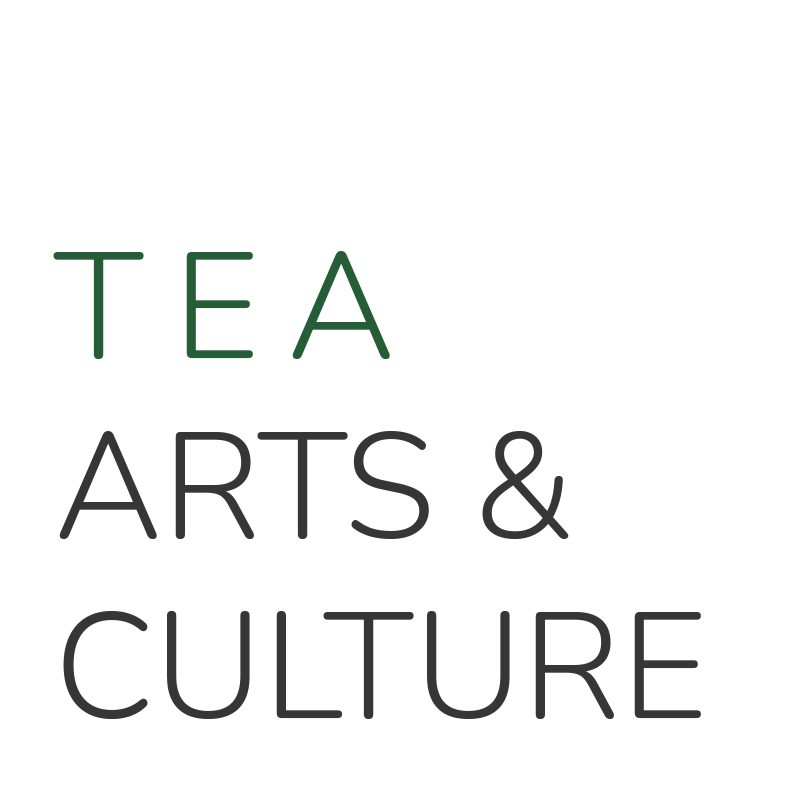Persian Tea: A Story of Timeless Tradition and Change
by Jackie McDougall
Sina shares Persian Tea at Summer Tea 2024. Photo @ Katie Gee Salisbury
On a sunny afternoon at Winter Tea in Prospect Park, we had the pleasure of meeting Sina Jasteh from Iran. Raised in rich Persian Culture with parents from Tehran and Shiraz, Sina started drinking tea when he was six. Every cup of tea he drinks now reminds him of the times he spent with his family back home. We go now to explore this beautiful place and its abundant history.
Persia, the land that we have also come to know as Iran, is home to residents of many different descents. The civilians of Persia are in fact, descended from ancestors of Iraq, Central Asia, Afghanistan, Pakistan, northern India, the Persian Gulf, and the Caucasus region. It was once, and still is one of the earliest and greatest civilizations there ever was. The region, well bestowed with unparalleled and intricately crafted oriental rugs, colorful cuisine, and a dynamic lifestyle of frequently playing guest and host, sees no bounds to its carefully crafted cultures and traditions.
Traditional tea house in Kerman, September 29, 2014, Iran
The first mention of tea in Persia was as early as the 11th century. It is tied to Abu Rayhan al-Biruni, one of Persia's greatest scholars and thinkers.. Rayhan al-Biruni talks about the tea plant (chay) and its use throughout China and Tibet in his tractate Ketab al-Saydana. During the 13th century following its first mention, tea found its way to Persia, through the Silk Road from China and the Mongolian Caravan as an exotic good. During the 19th century, finally, Iranian diplomat Haj Mohammad Kashef Al-Saltaneh traveled to India to learn about tea. He subsequently smuggled the tea leaf, and his knowledge of tea-growing practices, back to Iran and started growing tea in Iran's Gilan and Mazandaran provinces. Tea is now not only a sign of hospitality, but also has become an integral part of the culture in Iran. Teahouses can now be found dotting every street corner in the region.
There is no formal tea ceremony, but Persian people enjoy tea all day from morning to night, after meals, during business meetings, or upon visiting a friend or family’s home. Tea is always a central part of large group gatherings with family. Typically, a gathering includes a family sitting on a carpet on the ground playing cards, or chatting while tea is being served in a tray. Sina tells us that in the winter, in the older villages people use a method called “korsy” to keep warm while eating, using a blanket on a table with a heater under it. Tea, food, and other nourishments are served on the table. However, Sina says it’s only possible to find this setup in some old villages these days.
Samovars with a tea in a local tea house in Ardabil, April 10, 2018
Samovars with a tea in a local tea house in Ardabil, April 10, 2018
“Black tea from Iran needs significantly longer brew time. About 10 minutes.” Sina tells us as we meet him to learn more about Persian tea “I prefer to quickly rinse my tea with boiling water first.” He tells us that tea is traditionally brewed in a porcelain teapot on top of a ‘Samovar,” a heating device native to Russian tea practices, (though he admits, fewer Samovars are used in modern Persian homes). The tea is served in small glasses rather than teacups. Typically, the tea is flavored with cardamom, rose, saffron, or with no flavoring at all. Sina tells us it is a tradition for him to drink the tea with a cube sugar made from sugar beet in his mouth.
This colorful description gives us an idea of how central these family events were, and sometimes still are, to Persian culture. As Daisy Lorenzi notes in her journal article, “Hospitality in Iran,” in Islam, guests are considered to be God’s friends. It is a duty towards God to treat your friends well. As a central part of the meal, and as a central part of hospitality in Persia, we can see what an integral role tea plays in Iranian life.
Like many traditions around the world changing and evolving through time, Sina sees that tea is not as popular as it was among the youngest generation of Iran. Younger Persians are often found with coffee and other non-tea drinks, as a result of the Western influence in the area. Despite the fact that changes are occuring, we wish, while we are exploring the new things around us, that some traditions could be kept just a little longer, so we can continue sharing pieces of beautiful time once lived:, a good story, a piece of warmth in the heart, and most of all, the memories of the people, and of the cultures that come with them.
We look forward to having Sina sharing tea with us in future.
References:
Tahanan, S. (November 20, 2018). Persian Tea: Everything You Need To Know. Persian Food Tours. https://persianfoodtours.com/persian-tea/
Gholami, M. Cornerstone of Iranian Tea. Visit Our Iran https://www.visitouriran.com/blog/iranian-culture-tea/
Iran (Persia), 1800-1900 A.D. Metropolitan Museum of Art. https://www.metmuseum.org/toah/ht/10/wai.html
Evason, N. (2016), Iranian Culture. Cultural Atlas. https://culturalatlas.sbs.com.au/iranian-culture/iranian-culture-core-concepts
Countries and Their Cultures: Culture Name: Iranian, Persian. https://www.everyculture.com/Ge-It/Iran.html




